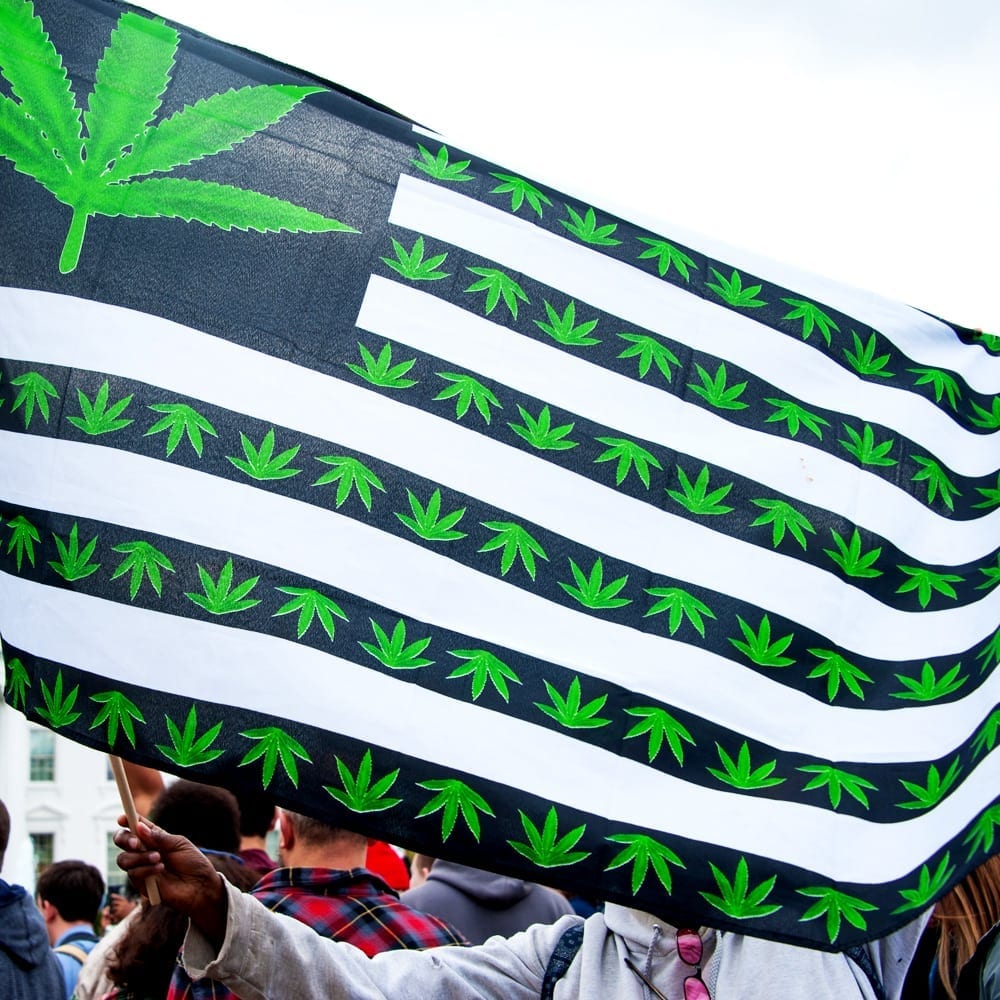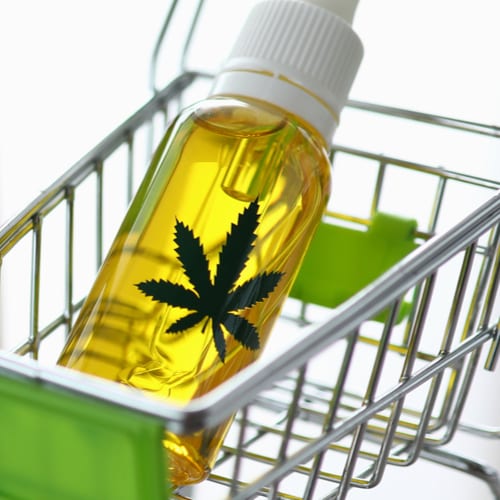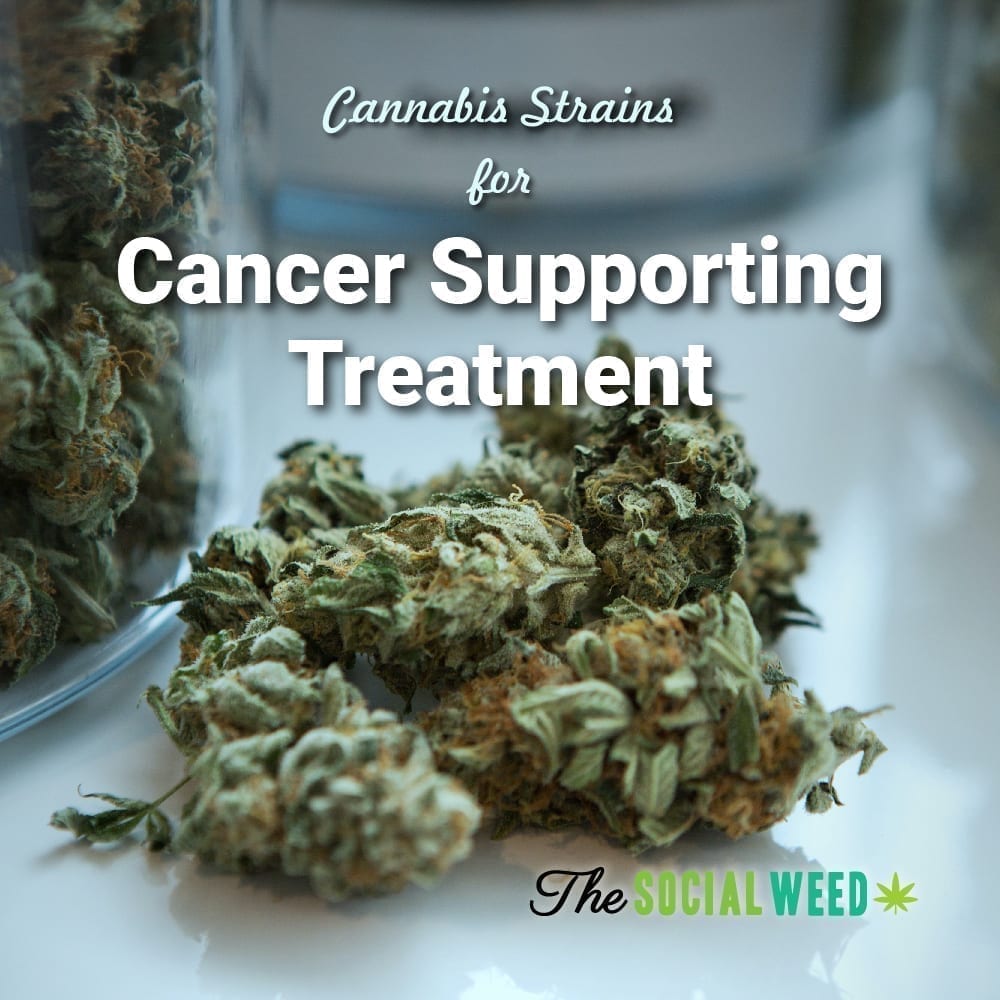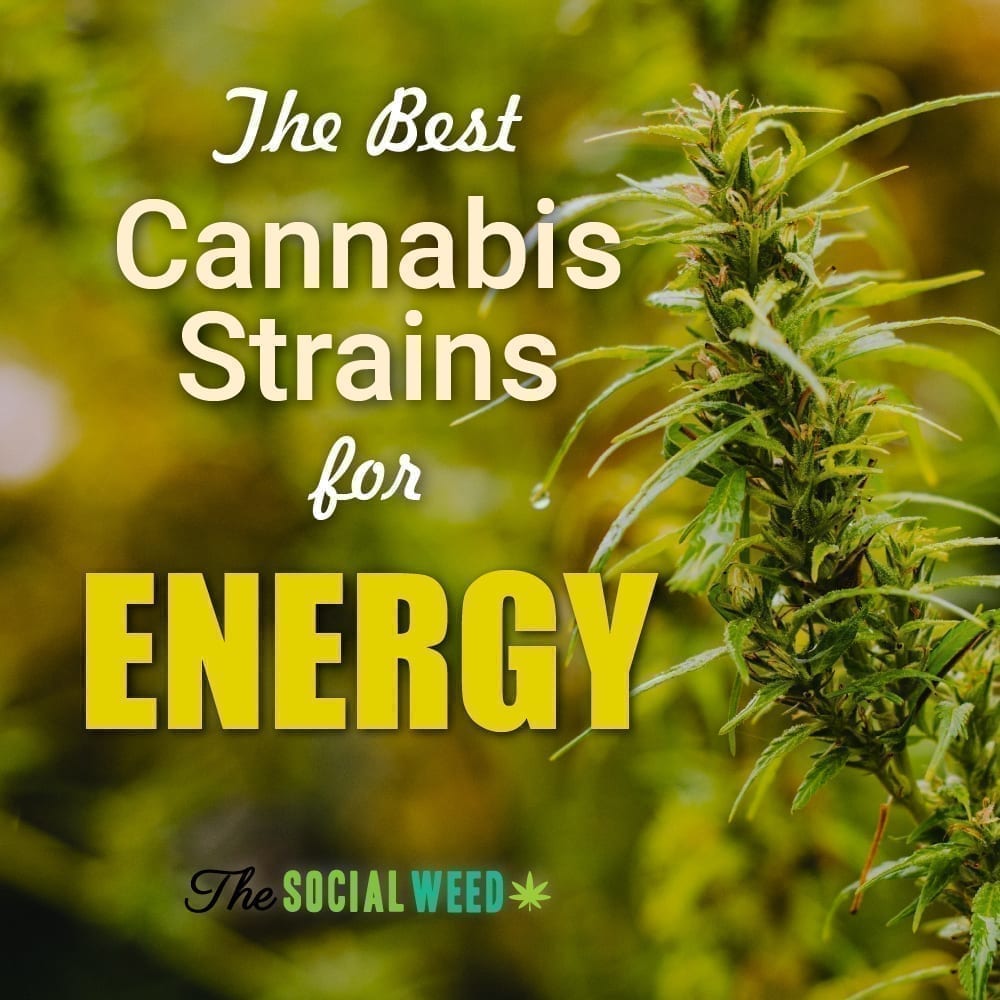
“America’s public enemy number one in the United States is drug abuse. In order to fight and defeat this enemy, it is necessary to wage a new, all-out offensive.”
-President Richard Nixon, Remarks About an Intensified Program for Drug Abuse Prevention and Control (1971)
These were the famous words uttered by President Nixon in 1971 when he officially waged a war on drugs. Back then, particular parts of Nixon’s speech were aimed at the numerous Vietnam veterans that had developed a heroin addiction but, his expedition addressed any substance that the federal government deemed illegal and/or dangerous.
Though the craze of Reefer Madness had not been pushed since the late 1930s, fear of cannabis was once again ignited in the 1960s as recreational drug use boosted with current lifestyles being adopted with pop culture. Things have vastly changed from the original stance that the war brought on but, back then, cannabis was still a big part of that scope.
The Controlled Substance Act (CSA), which was started in 1971 to regulate what was deemed illegal substances, created categories for drugs based on potential for abuse and medical uses. Against unanimous recommendation, Nixon had listed cannabis as “Schedule 1”, in the same category as heroin and cocaine. While there was a lack of enforcement and control surrounding other, more dangerous, substances, cannabis had long dismantled many of the claims against it.
Ironically enough, cannabis had been openly used as medicine and credited to that by the American Medical Association. It wasn’t until 1937, almost 100 years after it’s first recorded medical use in the US, that it was made illegal. Even today, there’s no shortage of stories involving cannabis saving lives. So how did something that we once used so openly become public enemy number one?
The reasoning behind the actions can be argued from economic issues all the way to having racial and/or prejudice motives. Whatever the reason, those skewed and xenophobic ideals help fill cells with non-violent drug offenders and cast a negative stereotype on not only cannabis, but many minority groups as well. The reality of the situation was that America was heavily misguided on cannabis’ use based on fear and a “group-think” attitude.
A Gallop poll from 1969 showed that 63% of American thought cannabis was a serious problem. Many worried that the plant would fall into the hands of children, making a way for increased crime. Others felt that cannabis simply had no benefits to users. It may lack the long-standing research, due to its legality, but it had helped lives nonetheless. Compared to legal substances like alcohol and tobacco who have claimed millions of lives over the years, cannabis has taken none.
Regardless, cannabis prohibition continued. The War on Drugs had officially solidified America’s idea of a growing issue.
In an attempt to thwart the issue, Nixon had announced a new $155 million plan to stop the growing epidemic. Two years later, Nixon created the Drug Enforcement Agency (DEA) with a $75 million budget, to stop the use and smuggling of illegal substances. He increased federal funding to drug-control programs, proposed required prison sentences for drug crimes, Nixon did everything in his power to crackdown on illegal drugs, cannabis wrongly being one of their top priorities.
Despite a small positive stint in the late 1970s, the war continued in the 1980s with Ronald Reagan. The first lady, Nancy Reagan, started the “Just Say No” campaign based on educating on the dangers of drug use. Cannabis’ constant involvement in these attempts only made the programs seem more ulterior (how many cannabis users do you know with a D.A.R.E. shirt). Education, after all, was how the view of cannabis actually changed over time.
The same negative stigma that was pushed onto cannabis through the media in the 1920s-1970s was used to help it in our generation. Somehow, normalization of cannabis grew through the media and community creating a different stereotype than that of the one the War on Drugs wanted you to see. Instead of individuals who incited violence and gained “super strength” (classic Reefer Madness style); “potheads” were established as happy but lazy and fun-loving people who enjoyed eating and sleeping more than most activities.
With movies like Up In Smoke in the late 70s and Half-Baked in the 90s, that was the idea of cannabis that America had adopted. The boom of social media and the acceptance that came with our new shareable lifestyle was astronomical.
In 2017, the same Gallop poll found that 64% were now in favor of legalizing cannabis. Amongst that, 44% self-identify as medical users while 83% say they support cannabis for medical use.
Today, that war spends nearly 3.6 billion a year in its efforts but, not much has changed since its birth. Access to illegal substances has had very little change over the last few decades but the war, as well as the spending, continues. In the case of cannabis, many would think the exact opposite of what Nixon originally intended had occured.
On a federal level, cannabis does remain illegal. The last year, however, has shown multiple strides to change that. Eight states have legalized it for adult and medical use. Hemp, a natural alternative to many resources, is on it’s way to becoming legal to industrialize for agricultural purposes.
Legalization actually seemed to destroy many of the initial concerns that many legislatures posed to the public.
Since the 1970s, we’ve progressed a lot. Mainstream media actually discuss the once taboo subject on air. Recently, however, many have feared cannabis will find itself in a separate war as Attorney General Jeff Sessions works actively against it. Since his swearing in, Sessions has written disapprovals and rescinded protections towards the industry. Luckily, the years of advocacy and growing support has made more legislatures to stand up for cannabis. Now, 47 years later, the president even lightly gives his support to it’s federalization. There isn’t much reason not to nowadays.
Six years ago, in 2012, Colorado and Washington became the first US states to legalize marijuana for recreational use. Since then, states have been following suite like wildfire. Many states see the benefit of tax revenue that comes from Cannabis sales. Others see the medical miracles of it. To combat the issues of criminal activity being tied to it, most cannabis-legal states have seen decreases in some charges. Colorado’s marijuana arrest dropped half while Washington’s possession charges dropped almost 98% in the first two years. Though the federal government’s biggest concern is legal cannabis landing in the hands of underage users, the industry does it’s best to avoid anything leading to that.
Current legislators have actually made the most progress to federalize and protect cannabis. Now, as the Agriculture Improvement Act was passed with pro-Hemp revisions and the STATES Act was proposed, the war on cannabis, at least may actually be coming to an end.
47 years ago, nearly to the date, our country made a stand against cannabis. We weren’t as equipped back then but, we have learned better and now, we have to make a stand for ourselves. Protecting a plant that helps the economy, that saves lives, and conserves our limited resources should be our industries top concern. To move forward however, you sometimes have to look back. Cannabis policies were once based off mass hysteria an misinformation. Despite the constant steps against this new industry, there has been more momentum in the last decade than we’ve ever seen. We can only hope that science and compassions help pave the rest of the way.





